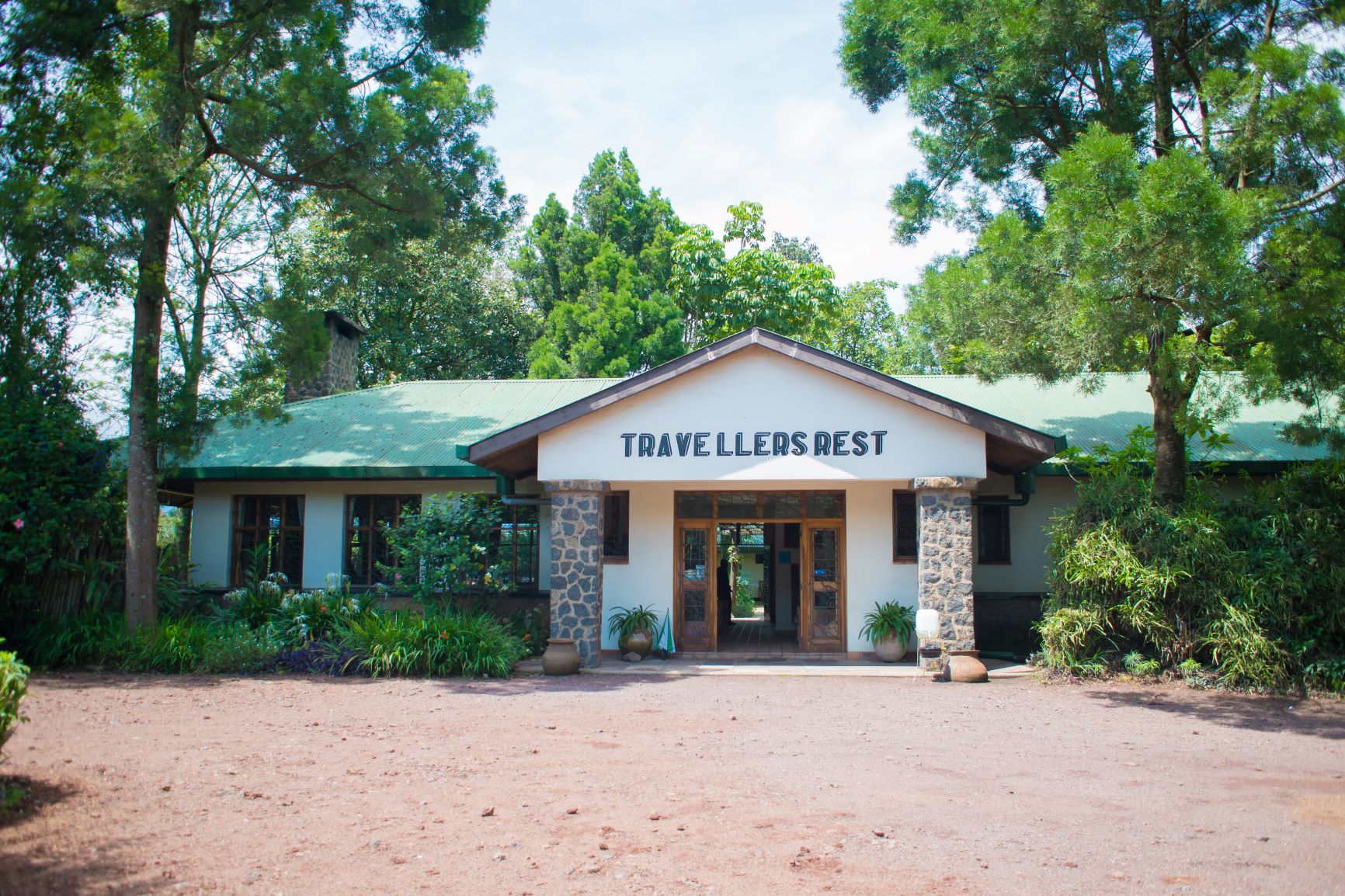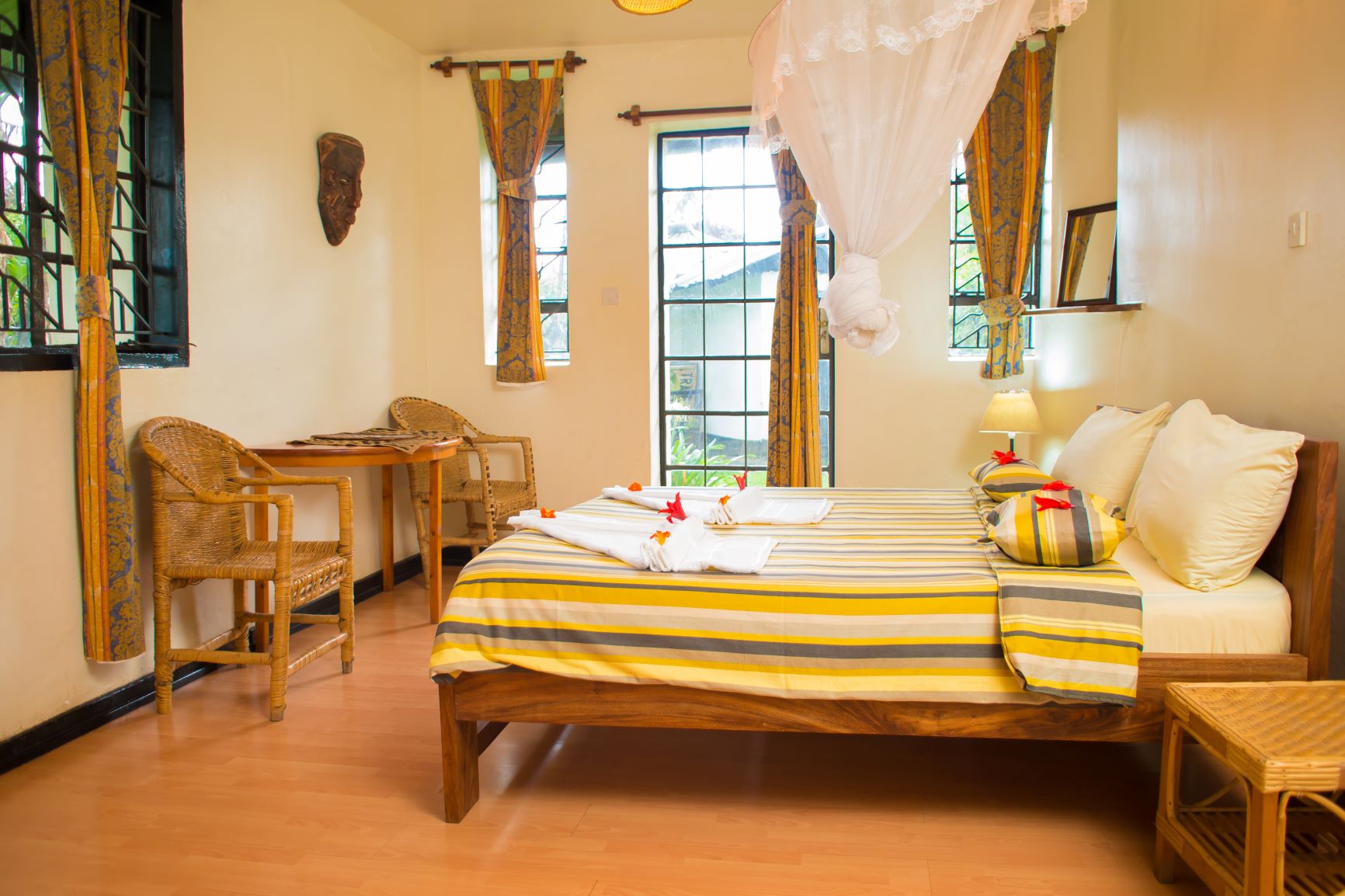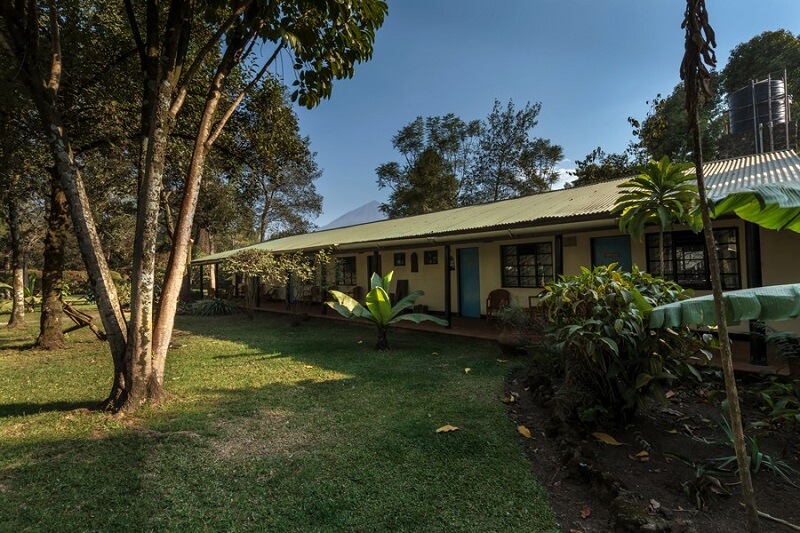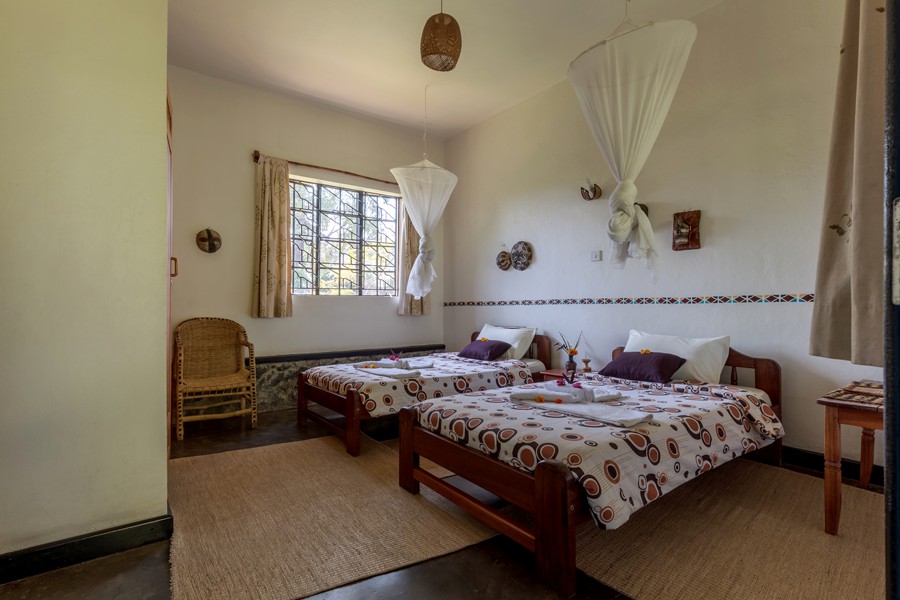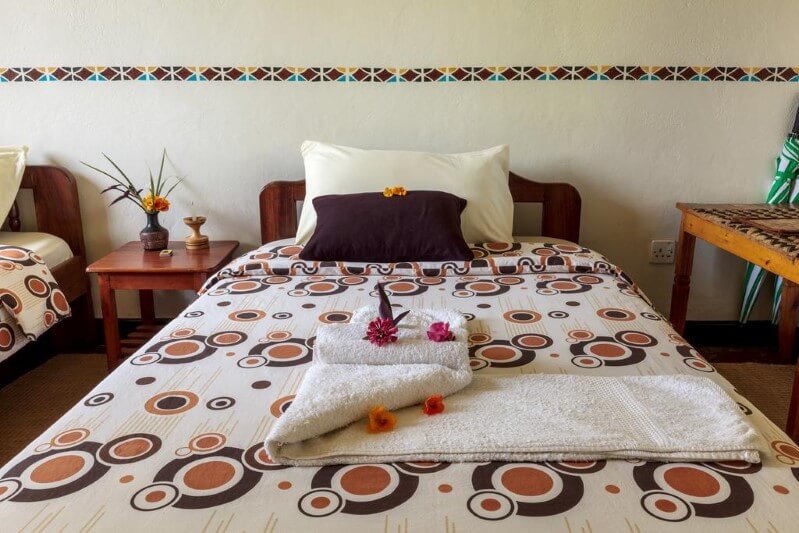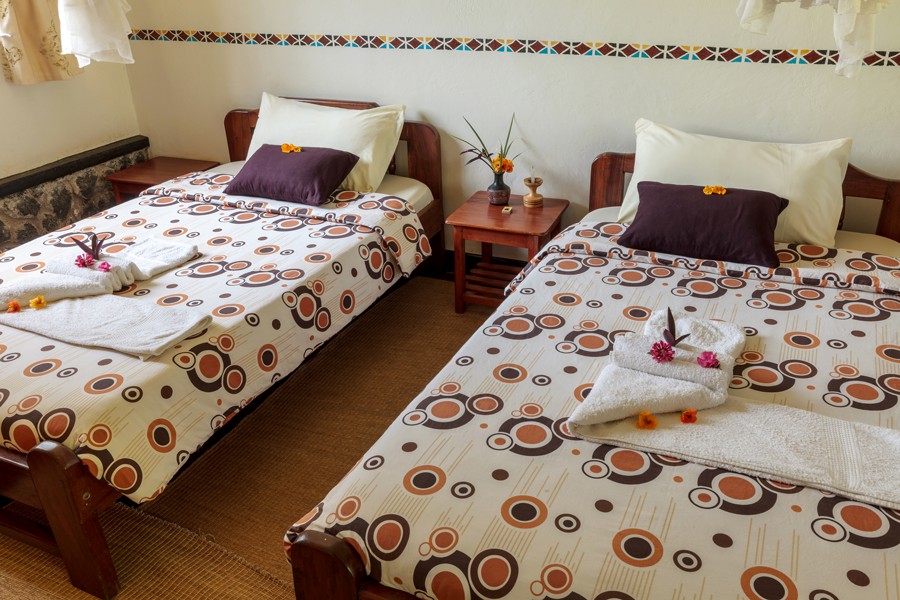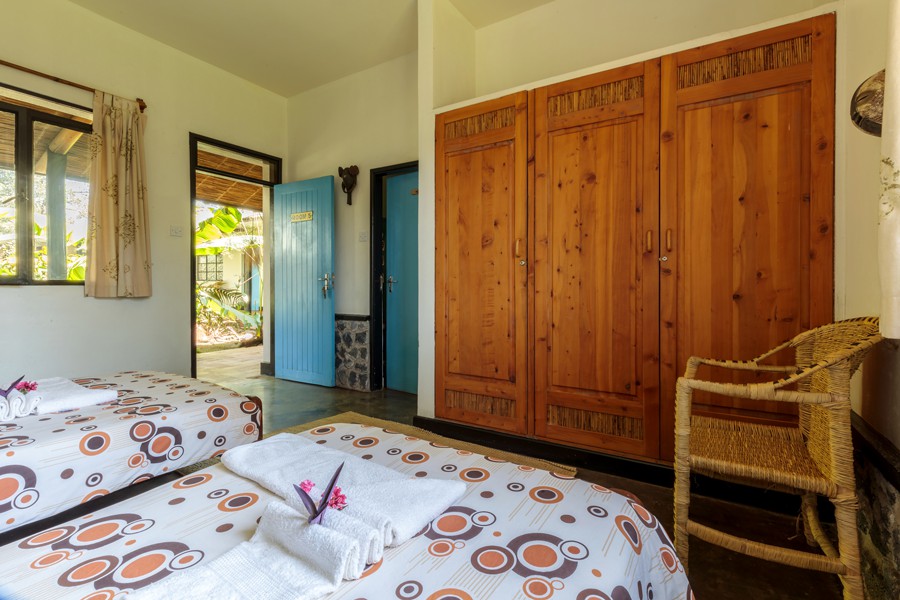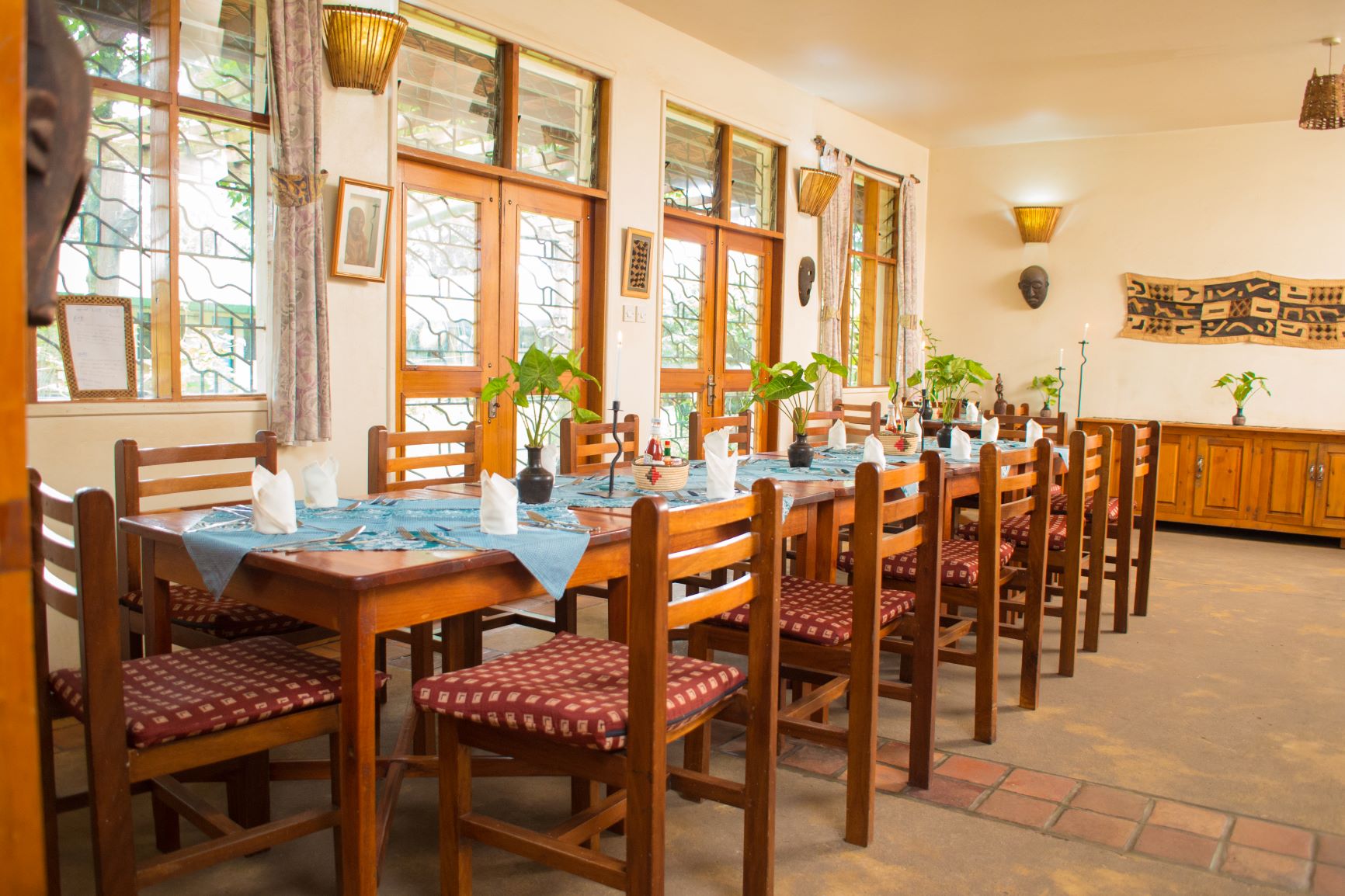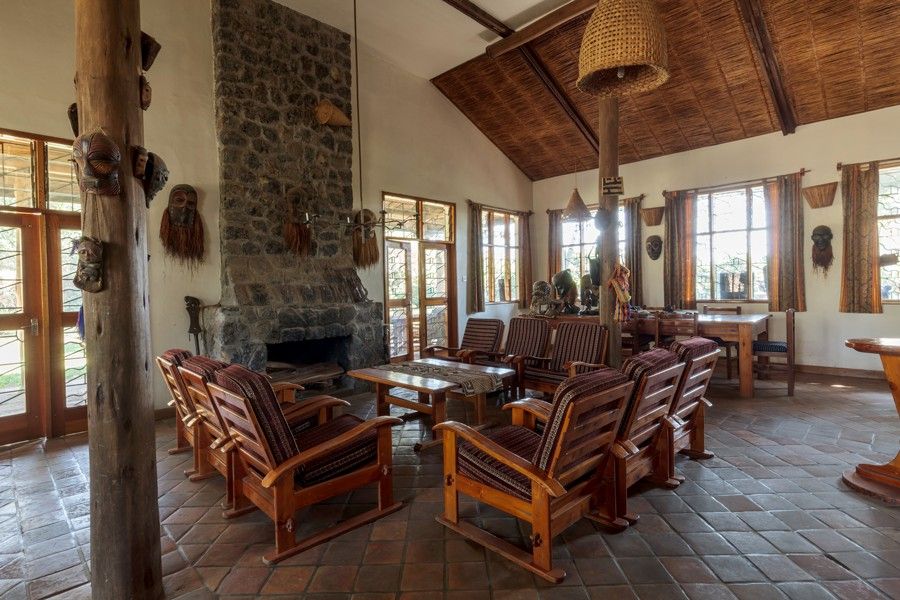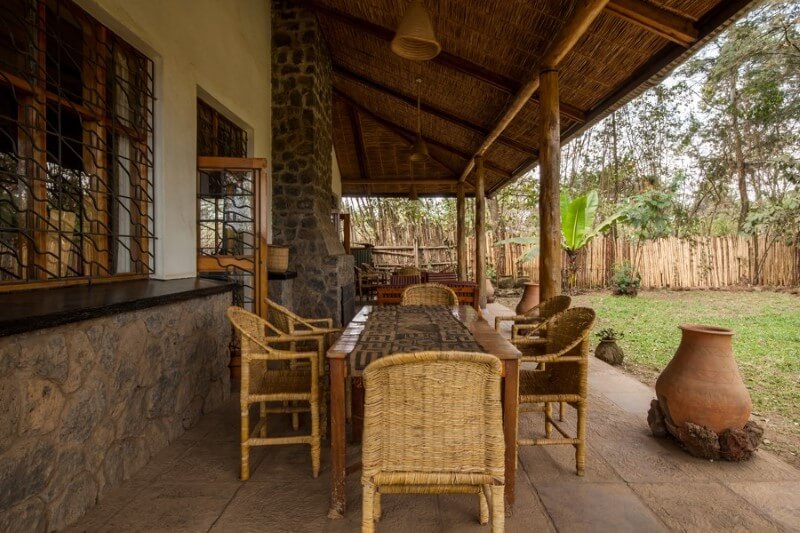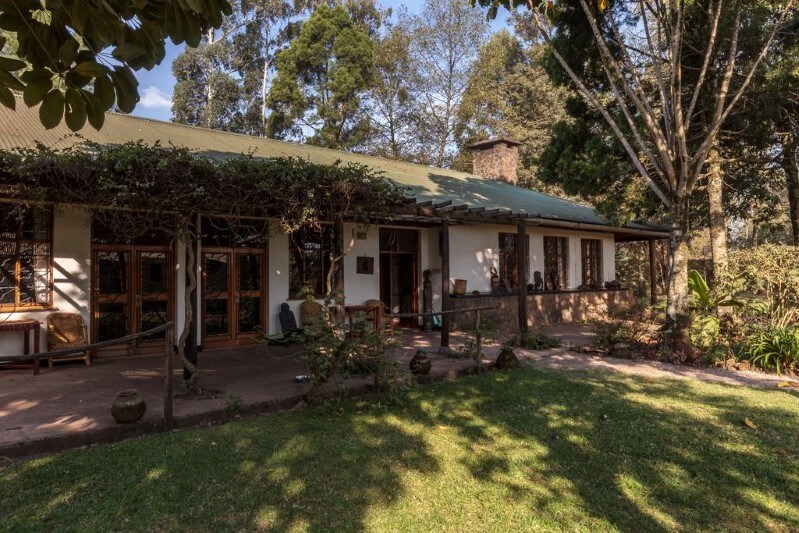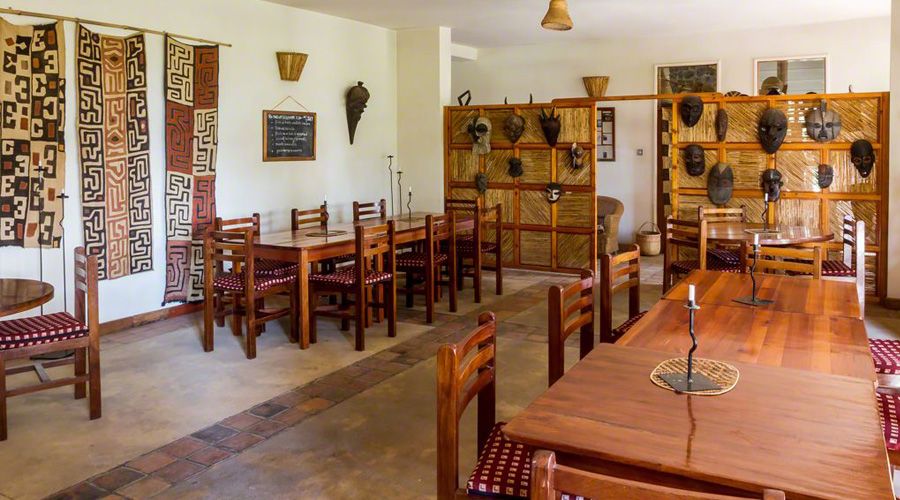about the lodge
Being one of the oldest hotels in Uganda, with a history steeped in gorilla conservation, Travellers Rest becomes a must for your gorilla trekking in the area. It boasts an impressive list of guests. To name just one: Dian Fossey, who even called this her second home.
Built in 1955 by Walter Baumgartel, the so-called father of gorilla tourism, it quickly became a meeting place for people interested in the mountain gorillas. It was entirely renovated in 1999, but charm of the somewhat colonial style still remains up to today.
Situated just outside Kisoro, the area is of astonishing beauty and the views of the Virunga volcanoes dominating the landscape will remain engraved in your memory.

